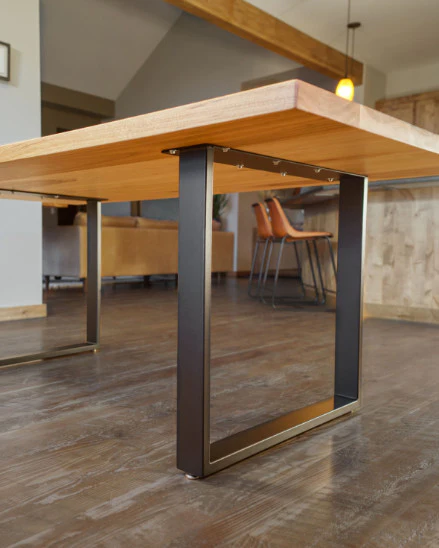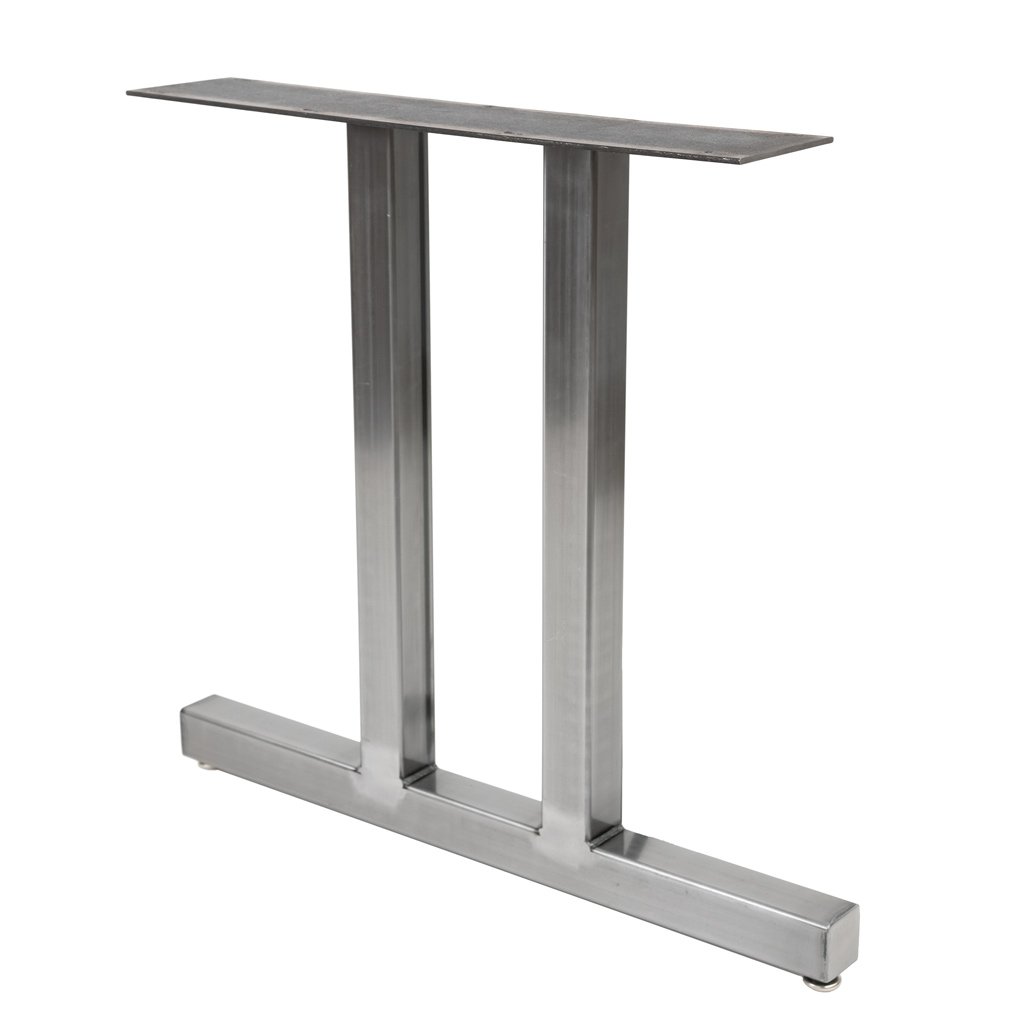Expert Tips for Setting Up Dining-room Table Legs for Optimum Security
When it comes to installing dining area table legs, achieving optimum security is critical for both capability and looks. What specific methods can boost security even better?
Select the Right Legs
When picking the appropriate legs for your dining area table, it is vital to think about both capability and visual appeals. The legs you select will dramatically impact the general style and security of the table. Examine the table's planned usage; if you anticipate regular events, stronger legs, such as those made from strong wood or metal, may be much more appropriate, as they use raised durability and support.
Next, think about the elevation and style of the legs in connection to the tabletop. Common table normally vary from 28 to 30 inches in height, so guarantee the legs align with this standard for convenience. The design of the legs must match the design of the tabletop-- whether it be modern-day, rustic, or standard. Conical legs can add a modern touch, while transformed legs might share a much more classic visual.

Select Appropriate Equipment
How can the ideal equipment enhance the security and longevity of your dining-room table? The selection of proper equipment is crucial to making sure that the legs of your table are securely attached and able to endure normal usage. Top quality screws, bolts, and braces give the necessary stamina to sustain the weight of the table, along with any additional loads put upon it during dishes or celebrations.
When picking screws, select those made from resilient materials such as stainless steel or brass, which withstand deterioration and keep honesty over time. The length of the screws is equally important; they must penetrate deeply into the table's structure without compromising integrity. For bolted connections, think about utilizing lock washers to stop loosening up because of vibration or movement.
Additionally, utilizing corner braces can include extra assistance, specifically for larger tables or those with heavier tops. These braces disperse weight evenly and aid preserve the table's shape. Making certain that the equipment you select is ideal for the details materials of your table will certainly additionally improve its overall security and longevity, permitting you to enjoy your eating experience for many years to come.
Ensure Correct Positioning
Proper positioning of dining-room table legs is necessary for both aesthetic appeal and practical stability. Misaligned legs can cause an uneven table top, which may not just be aesthetically unattractive yet likewise endanger the table's usability. To accomplish optimal positioning, start by measuring the range from the table's edges to the leg add-on factors. This guarantees that each leg is located equidistant from the edges, producing a well balanced look.
Use a degree during setup to validate that each leg is vertical to the look these up tabletop. This step is vital, as also minor inconsistencies can rise right into significant stability problems gradually. It is advisable to mark the preferred leg settings on the bottom of the table with a pencil or covering up tape prior to safeguarding them. This technique works as a visual guide, permitting adjustments as needed.
Moreover, verify the positioning after the preliminary screws are tightened up, as modifications may be required before fully securing the equipment. By focusing on correct positioning, you not only enhance the table's overall layout yet additionally make sure that it stays secure and practical for many years to come.

Consider Weight Circulation
After making sure appropriate alignment of the eating space table legs, it is very important to take into consideration weight distribution to enhance security and functionality. dining room table legs. Correct weight distribution is crucial in protecting against making sure and wobbling that the table can support its desired load without threat of tipping or collapsing
When placing the legs, ensure they are positioned at equal ranges from the facility of the table to uniformly disperse the weight across the framework. Consider the weight of the table top and any products that will regularly rest on it, such as attractive pieces or tabletop home appliances. Tables with heavier surfaces must ideally have legs positioned closer to the edges, as this makes the most of the base of assistance and decreases the risk of instability.
In addition, if the table is intended for use in a high-traffic area, think about making use of heavier materials for the legs or including maintaining elements, such as cross-bracing or a lower shelf - dining room table legs. These changes can aid maintain balance and stop shifting throughout usage. Inevitably, a well-considered weight distribution technique will dramatically enhance the table's overall performance, ensuring it stays a attractive and functional centerpiece for your dining space
Test Stability Before Use
Checking the security of the dining-room table prior to usage is a crucial step that should not be neglected. Guaranteeing that the table is steady and safe can protect against crashes and lengthen the life-span of the furnishings. Begin by using gentle pressure to various points on the table surface area. Lower on the facility and after that along the edges, observing any type of wobbling or shifting. If the table shows instability, identify the legs or joints that might call for modification.
Following, examine that all screws and bolts are tightened properly. Loosened connections can lead to instability and possible damage over time. If essential, utilize wood adhesive on joints to improve security, making sure to enable adequate drying out time.

Conclusion
Finally, the installment of dining-room table legs calls for careful consideration of products, positioning, weight, and equipment circulation to attain optimum stability. By selecting high-grade fasteners and durable legs, making sure accurate positioning, and distributing weight evenly, the structural stability of the table can be dramatically enhanced. Conducting a stability test prior to regular use even more makes sure that the table will certainly hold up against day-to-day stress, therefore providing a reputable and risk-free eating experience.
When it comes to setting up dining space table legs, accomplishing maximum stability is paramount for both functionality and visual appeals. The legs you select will considerably impact the overall Related Site layout and security of the table (dining room table legs). Common eating tables normally range from 28 to 30 inches in height, so ensure the legs straighten with this criterion for comfort.Proper placement of dining room table legs is essential for both visual charm and practical stability.In verdict, the setup of dining room table legs calls for cautious consideration of products, weight, positioning, and hardware circulation to achieve optimum stability
Comments on “The Best Materials for Durable and Elegant Dining Room Table Legs”